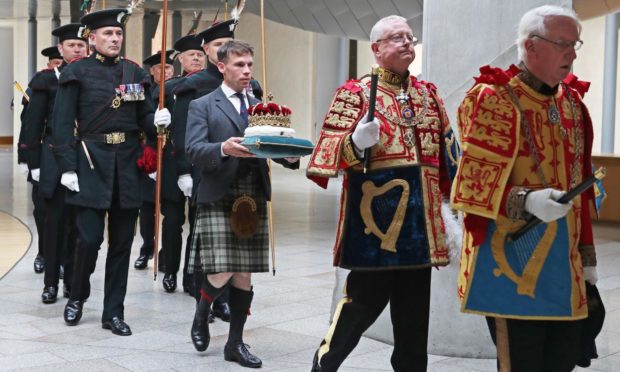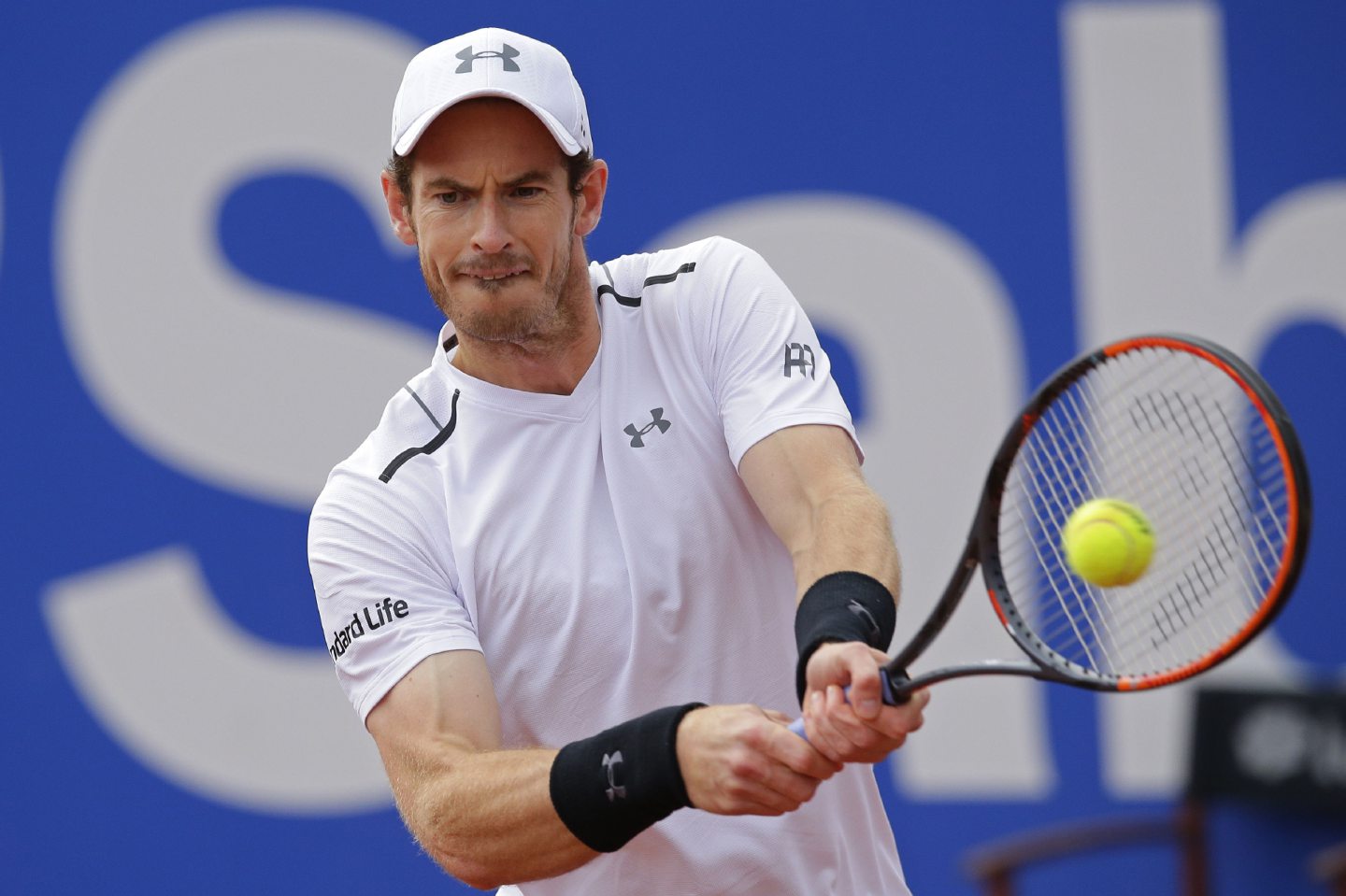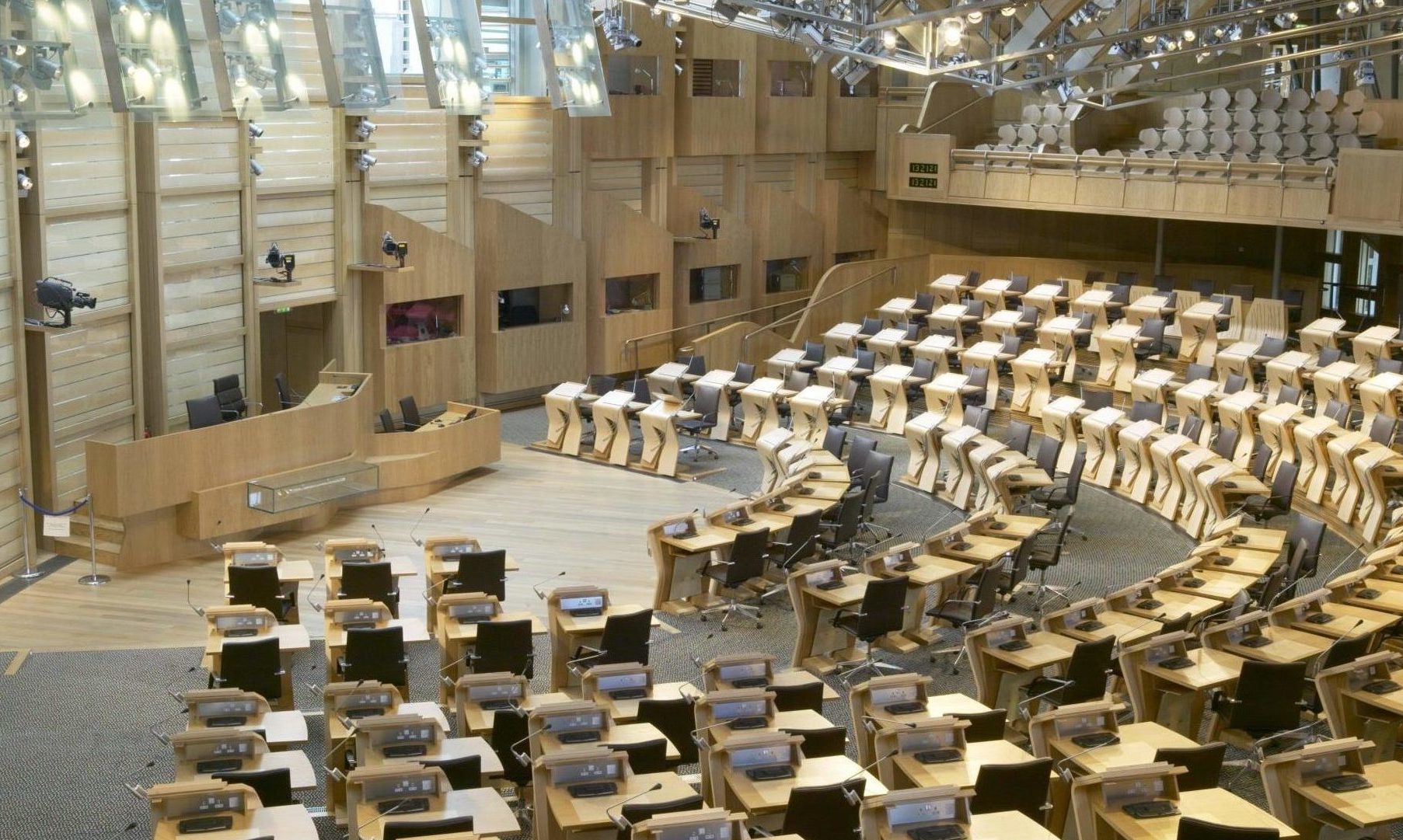On 10 occasions since the formal opening of the Scottish Parliament in 1999 the Queen has attended to deliver a speech and meet and greet MSPs.
Presumably, in order to formally mark the opening of the 2021-26 Scottish Parliament, the Queen will soon be once again making the short journey from Holyrood Palace, seat of the ancient Scots monarchy, to the Holyrood parliament building, seat of the modern Scots democracy.
The presence of the Queen at Holyrood is surrounded, as usual on these occasions, by some pomp and circumstance. While there is a lingering covenanting dourness about the ceremonial in some parts of Scotland, most people enjoy this occasional bit of traditional theatre with the dash of colour and romance which it adds to the day.
There is a place for ceremony in modern life
Humans need ceremony to mark big days in our lives. This is why occasions such as university graduations and large weddings remain popular, even in the secular, dressed down 21st century.
Few people chose to forgo the festal aspects of big occasions; rather most people embrace the dressing up and ritual with gusto
A person is just as much a graduate if they receive their degree certificate through the post as if they attend a ceremony in hood and gown and are capped by a chancellor reciting Latin phrases over their head. A couple are just as much married in T-shirt and jeans in a registry office before two strangers as they would be in a church or castle wearing long dresses and kilts.
Yet few people chose to forgo the festal aspects of these occasions; rather most people embrace the dressing up and ritual with gusto.
We should celebrate monarchy and democracy
So it is appropriate that the renewal of democracy given effect by each new election to the Scottish Parliament should be marked by a ceremonial visit of the Queen. But it should be the right sort of ceremony: a celebration of Scotland’s future as well as of its past. A celebration of democracy as well as of monarchy.
What is good about the present ceremony is the presence of the Queen and also of the ancient crown of Scotland. The Scots crown is a physical embodiment of Scotland’s long history. This beautiful crown of gemstones and freshwater pearls was refashioned for James V in 1540 and may well even include gold from the circlet which graced the head of Robert the Bruce in the 14th century.
The presence of the Lord Lyon and the other heralds in their colourful tabards displaying the arms of Scotland, England and Ireland is also to be welcomed as living embodiments of Scots tradition.
But while the present ceremony is good at representing the history of Scotland it is much less effective in representing Scotland’s present.
A more democratic bearer of the crown
There are far too many toffs involved and not nearly enough ordinary Scots. The crown is carried into the chamber by the Duke of Hamilton in his capacity as “hereditary bearer of the Scots crown”. With all due respect to Alexander Douglas-Hamilton, 16th Duke of Hamilton, it is time someone else from the five million strong population of Scotland had a shot at carrying the crown.
A democratic bearer of the crown could be an outstanding charity worker, or perhaps a film or sports star. If, for example, Sir Andy Murray – a man distinguished for his personal achievements, rather than a duke distinguished for the achievements of his ancestors – were to carry the Scots crown before the Queen, it would be a powerful modern image that would resonate deeply within Scotland and around the world.
Time for a truly representative honour guard
The other deeply undemocratic aspect of the current ceremonial is the presence of the so called “honour guard”, provided by the Royal Company of Archers. They are an archery club that was made into the nominal bodyguard of the sovereign by George IV at the time of his visit to Edinburgh in 1822.
Unlike the English Yeoman of the Guard with whom they are often compared, the archers have never been a real bodyguard of anything except their own self-importance.
A less representative group for the people of modern Scotland would be hard to find than these elderly toy soldiers
Despite their grand sounding title, they are simply an especially socially exclusive gentleman’s club. It is true that the archers insist of “close Scottish connections” but that seems to consist mainly of owning large chunks of Scotland, holding a Scots title or being a member of the law or banking professions.
To have an all-male private archery club (which in reality does little archery) act an honour guard for a democratic parliament in the 21st century is as ludicrous as asking the equally grand sounding Honourable Company of Edinburgh Golfers of Muirfield to do the same.
A less representative group for the people of modern Scotland would be hard to find than these elderly toy soldiers.
Representing diversity would inspire Scotland
A more fitting honour guard would feature representatives of the modern, diverse Scotland. The obvious group to step in would be the Scottish Youth Parliament (SYP) and its associated bodies, such as the Boys Brigade, Carers Trust, Girlguiding, the Federation of Student Islamic Societies or LGBT Youth Scotland.
How much more inspiring for Scotland would the Queen’s visit to Parliament be if young Scots of all ethnicities, religions and sexualities were present to represent the full diversity of the population of modern Scotland?
SYP members and their families would be delighted to be invited, and probably far more appreciative than the self-perpetuating clique who have been attending these ceremonies for years as part of their elitist birth right.
The Scottish Parliament stands for democracy and diversity, and on ceremonial occasions those elements should be celebrated in addition to honouring and recognising Scotland’s long past.
Scott Crichton Styles is Senior Lecturer in Law at Aberdeen University



